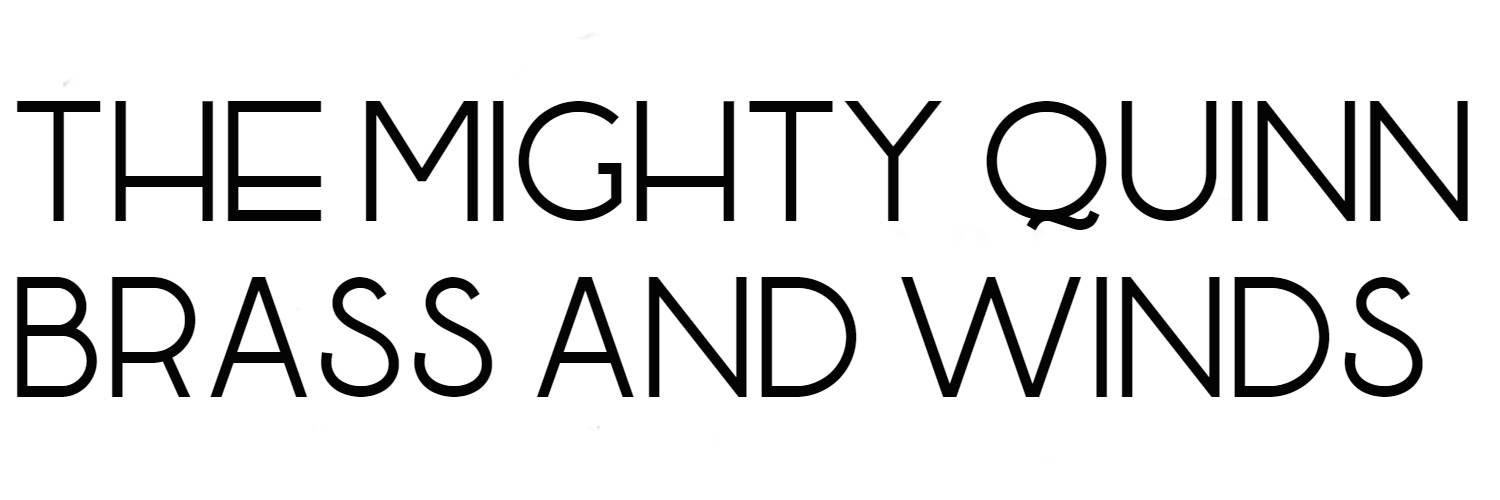The New Wonder Conn-O-Sax in F
A couple of years ago I got to play a Conn-o-sax.

We feature this lovely and pristine sax on many of our social media sites. It was the sweetest sounding sax I’ve ever played, speaking clearly from the top to the bottom of the range of the instrument. In mint condition, it features a beautiful silver plate with gold.
I had the chance to buy it but the price even back then gave one pause. Today, they are available for the price of a luxury car! Don’t take my word for how sweet this instrument sounds, listen to it here on this track featuring the Conn-o-sax on Sidney Bechet’s beautiful composition Si Tu Vois Ma Mere.
These are rare instruments indeed. The Conn-O-Sax is a straight-conical bore instrument in F (one step above the E♭ alto) with a slightly curved neck and spherical bell. The instrument, which combined a saxophone bore and keys with a bell shaped similar to that of a heckelphone, was intended to imitate the timbre of the English horn and was produced only in 1929 and 1930. The instrument had a key range from low A to high G. Fewer than 100 Conn-O-Saxes are in existence, and they are eagerly sought by collectors.
Here is an ad from back in the day.

A friend of mine waxes poetic here:
The Conn F Mezzo Soprano, model 24M and the Conn-O-Sax F alto, model 22M. These beautiful horns were produced from around 1928 to 1930 -- some documentation indicates that they were available until around the start of WWII, but they were no longer in production (indeed, many Conn catalogs list them after 1930). This was at the very end of the New Wonder era, but some of the Conn-O-Saxes have the "Naked Lady" (or "Lady-in-a-Pentagon") engraving of the later Artist horns, so that may mean that the production end date was actually in the 1931-1932 range.
The idea behind an F saxophone is not incredibly new: A. Sax himself envisioned two lines of instruments: Eb and Bb for marching band and C and F for concert bands. Interestingly enough, very few companies were ever interested in F instruments -- the only other F instruments that I have found have been one-off custom horns -- and, as far as I've been able to dertermine -- A. Sax made a grand total of one F alto (last owned by Canadian saxophonist Paul Brodie).
Please note that there are hundreds of high pitch Eb horns that are still floating around. You can try to make a HP horn play sort-of in tune in E or F -- a few notes at least -- by manipulating the mouthpiece and/or playing with the neck. The most common instrument that people tell me is an F horn is a Evette-Schaeffer (Buffet): don't bother e-mailing me if you have one of these beasties. You DON'T have a horn pitched in F.
The 24M grew out of Conn's 18M soprano tinkering: the old model soprano was stubbier (about 1/2" shorter) and didn't have as good intonation. The newer model was longer and thinner -- which has caused some folks to say that they have an A soprano. This sort-of means that the F mezzo soprano has a more "sopranoish" sound than the Conn-O-Sax, which sounds more like an English Horn -- or, according to Conn's adverts, a Heckelphone. I can also say, after seeing the A. Sax F alto and a couple other F instruments from the 19th century, the F mezzo looks considerably different, especially with respect to its neck.
These horns both used the same mouthpiece and fit in the same range, but while the F mezzo soprano had a keyed range of low Bb to high F, the Conn-O-Sax has a keyed range that is impressive even today: low A to altissimo G. The Conn-O-Sax also sounds a bit more mellow than the F Mezzo-soprano and is a better fit for the "intended" purpose of these horns: to cover French Horn parts. The Conn-O-Sax, in my opinion, is probably the sweetest sounding of all the saxophones.
Paul Cohen has a recording of his Conn-O-Sax on the Vintage Saxophones Revisited CD (you can read my review of this CD at Sax-on-the-Web). I'm working on converting some F mezzo plying from SAXTEK into a computer-friendly format, so there will be audio soon.
Paul Lindemeyer's book, Celebrating the Saxophone also has some extremely nice pictures of both these models, but it's rather short on their history.

